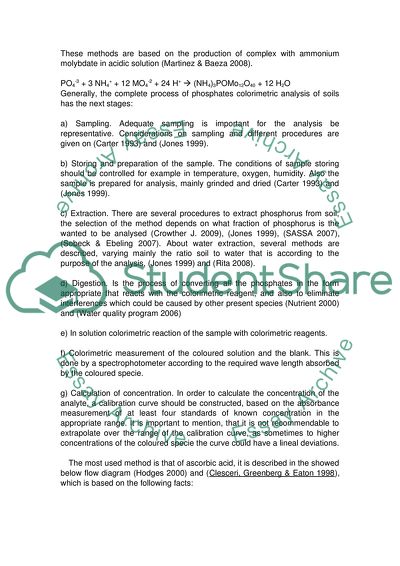Cite this document
(Water Ex-tractable Phosphate by Standard Spectrophotometric and FIA Term Paper, n.d.)
Water Ex-tractable Phosphate by Standard Spectrophotometric and FIA Term Paper. Retrieved from https://studentshare.org/chemistry/1722638-water-extractable-phosphate-by-standard-spectrophotometric-and-fia-flow-injection-analysis-methods
Water Ex-tractable Phosphate by Standard Spectrophotometric and FIA Term Paper. Retrieved from https://studentshare.org/chemistry/1722638-water-extractable-phosphate-by-standard-spectrophotometric-and-fia-flow-injection-analysis-methods
(Water Ex-Tractable Phosphate by Standard Spectrophotometric and FIA Term Paper)
Water Ex-Tractable Phosphate by Standard Spectrophotometric and FIA Term Paper. https://studentshare.org/chemistry/1722638-water-extractable-phosphate-by-standard-spectrophotometric-and-fia-flow-injection-analysis-methods.
Water Ex-Tractable Phosphate by Standard Spectrophotometric and FIA Term Paper. https://studentshare.org/chemistry/1722638-water-extractable-phosphate-by-standard-spectrophotometric-and-fia-flow-injection-analysis-methods.
“Water Ex-Tractable Phosphate by Standard Spectrophotometric and FIA Term Paper”, n.d. https://studentshare.org/chemistry/1722638-water-extractable-phosphate-by-standard-spectrophotometric-and-fia-flow-injection-analysis-methods.


